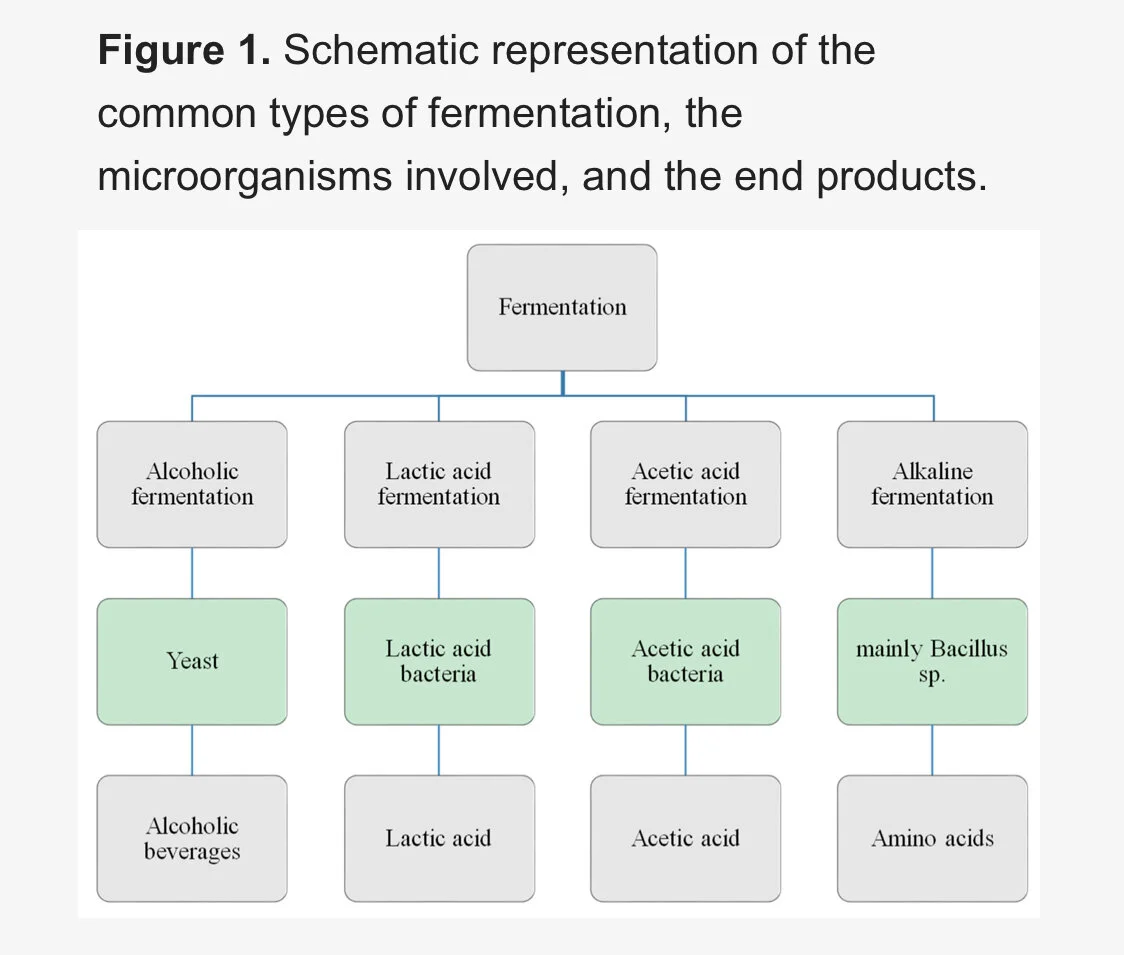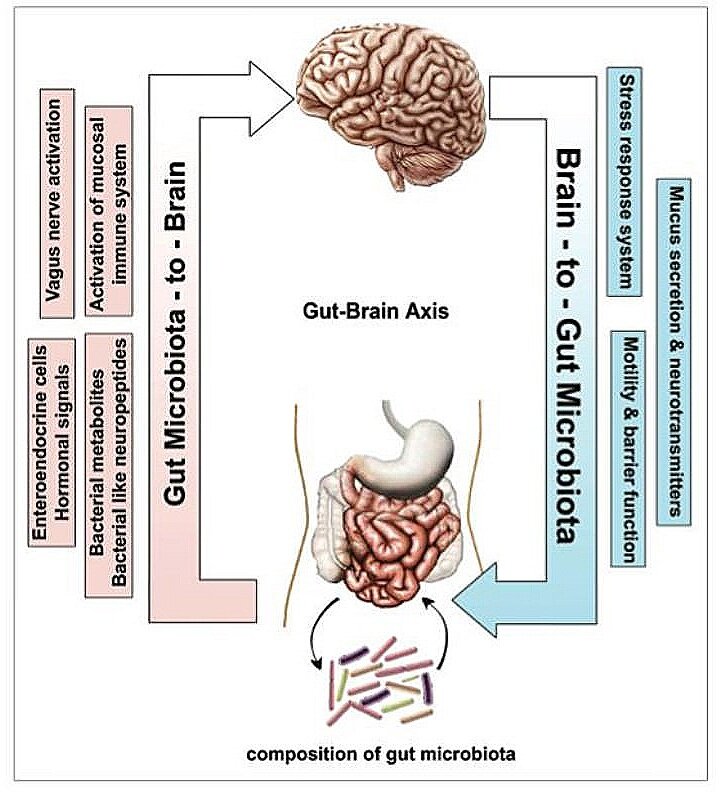Fermentation
Hi everyone! Welcome to our first blog post, which is of course, about fermentation. I pondered what to do for the first post, my perfectionistic tendencies getting in the way, and then decided to start with the basics of fermentation. I brought myself back down to earth with one of my favorite acronyms: KISS (Keep It Simple, Stupid). In certain areas of the world, and a few areas of the US, fermentation is everywhere. It is traditional food and medicine, and is part of the staples of many diets. I had the privilege of living in the beautiful mountains of Western North Carolina for 6 years, where there are many fermenters, food artisans, natural farming abounds, and there is a thriving local food scene. I was blessed to be a part of this community. It truly is a magical place. At the bottom of each blog page, I will list links to wonderful resources on each subject.
On to Fermentation! There are four general types of fermentation, as shown by the chart below. This is a very simple representation, and for those who are more versed on fermentation, there will be a lot of, “Well actually”…as yeast plays a roll in all fermentation, etc.
Locally Good uses Acetic Acid Fermentation, and Lactic Acid Fermentation, for different products. Acetic Acid is vinegar. During our acetic acid fermentation, we use the Orleans Method of “Open Fermentation”, letting nature work its magic. This requires a specific microclimate, including temperature constraints, and a space with plenty of air flow, free from harmful bacteria and mold. Vinegar, that is unheated/unpasteurized, is called “Raw”. Making vinegar, and then keeping it in its purest form, creates a product full of probiotics and beneficial enzymes.
The acetic acid bacteria, also known as Acetobacter Aceti, are good bacteria that make our bodies happy and healthy. These good bacteria and enzymes help our intestinal flora, increasing the health of our gut microbiome and digestive system, and enhancing the immune system. Scientists have now proven what health professionals, herbalists, naturalists, and food fermentation experts all the way back to Hypocrates have known: gut health improves brain health, and vice versa. The gastrointestinal tract is sensitive to emotion, and the other way around. Anxiety, stress, etc. all have an effect of our digestive systems because of the Acute Stress Response, or what is known as “fight or flight”. Our primal bodies are designed to shut everything that is not necessary in an emergency down, including proper digestion. Our guts also have what is now called the “second brain”, which the understanding of is revolutionizing western medicine’s understanding of the links between digestion, mood, health, and the way people think. This is known as the Enteric Nervous System (ENS). It is two thin layers of more than 100 million nerve cells lining our gastrointestinal tract from esophagus to rectum. The ENS can trigger big emotional shifts in people with IBS, constipation, diarrhea, bloating, pain and upset stomach. Instability in the gastrointestinal system sends signals to the central nervous system, that trigger mood changes. These new discoveries are revolutionizing how people are looking at anxiety, depression, and other mood disorders. Look out big Pharma!
Lactic Acid fermentation creates Lactobacillus bacteria. Before 2020, there were 260 recognized diverse species. In 2020, there was a revision of the genus into 25 genera…making it much easier for those of us trying to remember all the names ;) Lactic acid fermentation is what is used when making yoghurt and cheese, wine, sauerkraut and other fermented vegetables like kimchi, beer, and sourdough bread. The end results are foods that are full of probiotics and beneficial enzymes, just like when making vinegar.
When fermenting for the first time, people usually use a “starter culture”, which they have acquired from another fermenter. This is a culture of the good bacteria needed to create the fermented food. If you have the perfect microclimate to create your own culture naturally from scratch, it can be done. This is how I got my start with vinegar making, by creating my very own culture from nature, using the Orleans method. I have then used that culture, known as “The Mother”, to inoculate every batch of vinegar I have made since. It is best to inoculate a new fermented food with good bacteria, so that it can help fight off any bad bacteria that might be present in the environment. This also creates a more consistent product through each batch. All your little good bacteria buddies get to create a new party and more friends with each batch! We will get more into the details of how acetic acid bacteria work later in a vinegar making class.
Stay tuned for more blog posts on food and cooking, natural health, and all of the things that go along with them…everything is connected!




